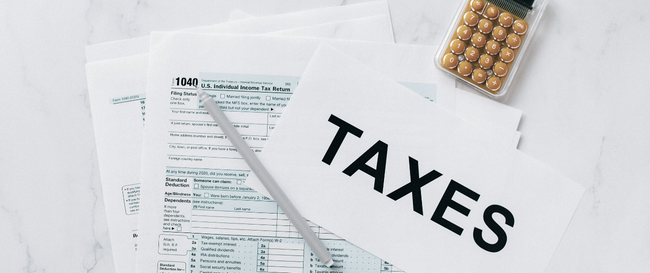The month of February is not only for celebrating love, but it is also the last month of the tax year, and therefore it is time to take advantage of certain tax incentives if you have not yet done so. Strategically planning to utilise these exemptions and deductions can be very beneficial to your investment journey in the long run, and sometimes all it takes is just being aware of them.
Over the next two articles we will look at some important annual tax incentives to consider from a personal finance point of view – consider it a bit of self love. We will start by looking at two products and their tax considerations and benefits that are most commonly used to save discretionary funds – Tax Free Savings Account (TFSA) and your emergency fund which will usually be saved in liquid interest bearing products.
Tax Free Savings Accounts
Every year, each South African is allowed to contribute a maximum of R36,000 to their TFSA and a maximum of R500,000 can be contributed towards this Investment Product over each investors’ lifetime. The benefit of this product is that all growth accumulated in this product will not be subject to any taxes.
This rule applies whether the growth was made from interest, dividend or selling assets at a profit. It is therefore to the investor’s benefit to contribute the maximum annual amount each year so that there are as many funds in the product as allowed, that can grow without being subjected to tax.
Keep in mind that should the allowed contribution thresholds be breached there are heavy penalties. It is also important to remember that there are no roll-overs to the next tax year so utilising your allowed R36,000 each year must be considered a priority towards your saving goal.
One more limitation of a TFSA is that when you make a withdrawal from the fund, the funds taken out can not be replaced at a later stage. It is therefore advised to invest money in a TFSA that is saved towards longer term goals.
TFSA can be opened with most big banks and investment houses in South Africa. You can have more than one TFSA, but the contribution limits apply to your aggregated TFSA portfolio. From an admin point of view, it may be easier to just top up your existing TFSA each year, but by opening a new TFSA with a new product provider, you may get access to their range of underlying funds which enhances your investments’ diversification.
Remember that there aren’t limitations on what you can invest in as an underlying investment within this product – this means you can invest in equity, property and interest bearing products and each provider will have their own range of funds in which you can invest.
If you don’t have a TFSA or have not yet contributed to a TFSA this tax year, make it a priority to allocate some funds in the product before the end of the month to take advantage of growing your funds without the effect of taxes.
Emergency funds and interest exemption
First let us remind ourselves how interest exemptions work. Interest earned from all sources, such as a bank account and investment products, will be aggregated. An annual exemption will then be deducted and the remaining portion will be added to your taxable income and taxed according to the marginal tax rate according to the tax bracket that applies to you. South Africans under the age of 65 are allowed an annual interest exemption of R23,800 while South Africans older than 65 are allowed an exemption of R34,500 each year of assessment.
Since emergency funds must be liquid they are usually saved in a savings pocket with your bank or a money market account which will earn interest. Interest however is accumulated over time so you may not be able to do too much about it in the last month of the year, but being aware of it allows you to plan accordingly for the year that is coming.
A good planning strategy for utilising your interest exemption may best be done by thinking of it in two ways. Firstly, don’t use your TFSA to save on interest bearing investments, because your interest exemption can rather be used to earn interest without tax diminishing your returns. Secondly, if you know you may have some financial expenses coming up in the year, add that amount to your existing emergency fund while also calculating in advance if it will utilise your interest exemption in full.
You may then want to either allocate more funds to an interest bearing product or you may rather want to allocate funds to other low risk investments, if the funds are to be used within the short term. Where and how much to invest in other products will depend on your marginal tax rate, your financial needs and situation as well as your risk tolerance to name a few factors.
People often find any topic relating to taxes boring or even overwhelming and confusing, but by understanding some basic principles you can empower yourself on your financial journey. Next week we will consider how to strategically plan your capital gains and losses to take advantage of tax incentives as well as how contributions to your retirement funds can improve your tax situation.







